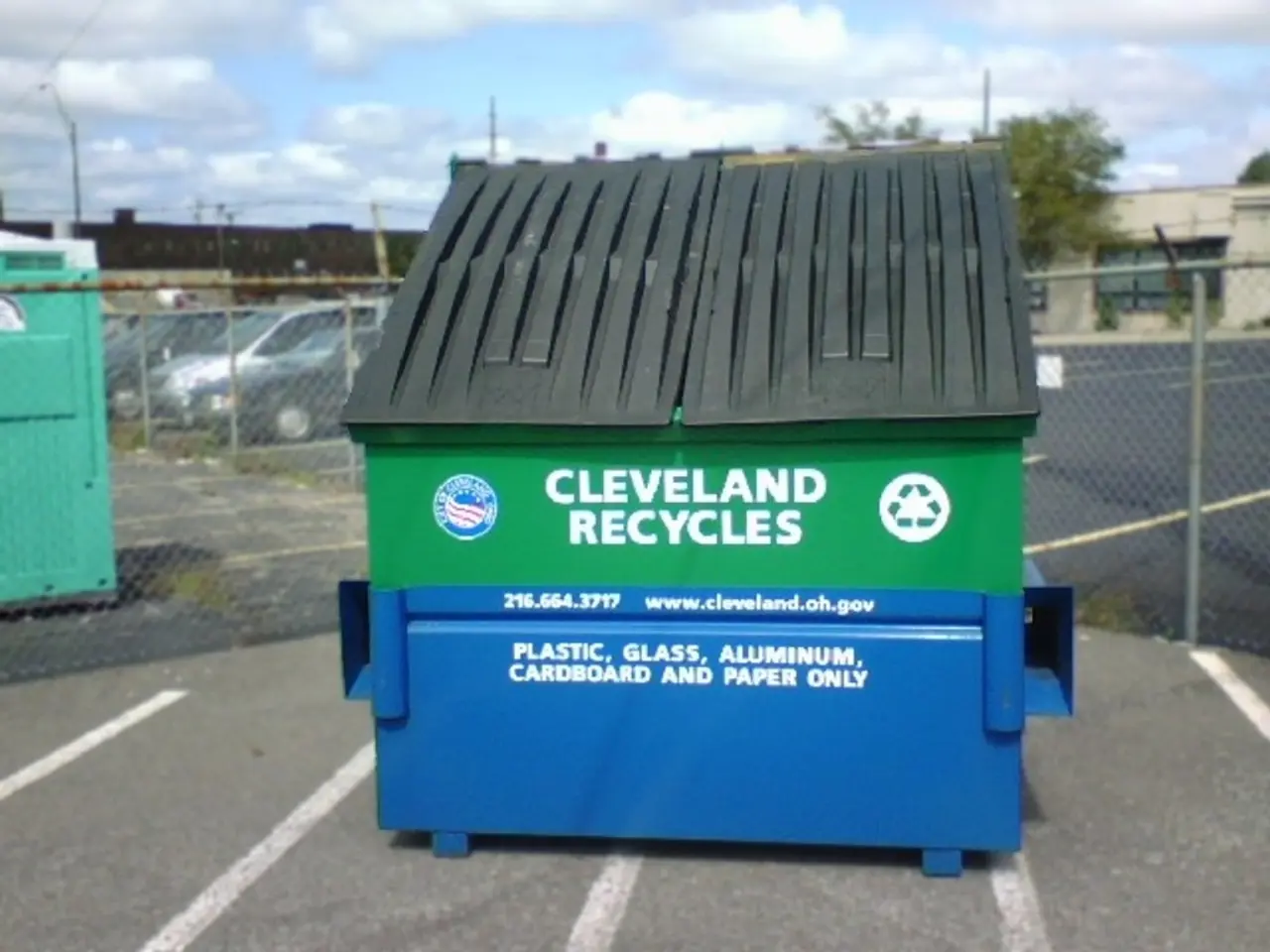Federal Program for Hazardous Waste Management and Cleanup
The Environmental Protection Agency (EPA) has a specific process for cleaning up contaminated sites, known as the Superfund process, which is carried out under the Comprehensive Environmental Response, Compensation and Liability Act (CERCLA). The primary objective of CERCLA is to protect human health and the environment, with the ultimate goal of returning Superfund sites to productive use.
The EPA's Superfund site cleanup process begins by identifying the nature and extent of contamination at the site. This is followed by the selection of a remedy to clean up the site, and the development of a remedial action plan to address the contamination. The responsible parties are required to pay for the cleanup work under CERCLA, and this requirement may be enforced if necessary.
The EPA's Superfund site cleanup process is designed to protect human health and the environment at every stage. This includes monitoring the site to ensure the remedy is effective and the contamination has been successfully addressed. The process may also involve public participation and comment, with communities playing an active role in the Superfund process.
One of the most well-known Superfund sites is Love Canal, which was targeted for cleaning under CERCLA. The Love Canal, along with sites like the Valley of the Drums, have been successfully cleaned up through the EPA's Superfund site cleanup process. The EPA's efforts have helped to protect numerous communities from the harmful effects of environmental contamination.
In conclusion, the EPA's Superfund site cleanup process is a crucial tool for protecting human health and the environment. By identifying and addressing contaminated sites, the EPA is able to ensure that these areas can be returned to productive use, benefiting both the environment and the communities that rely on them.







